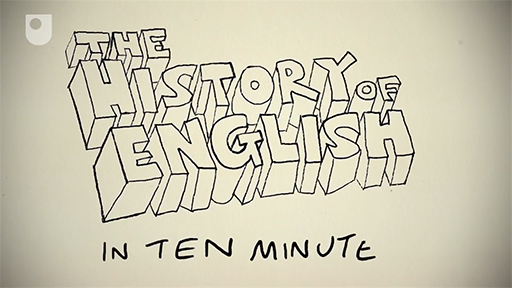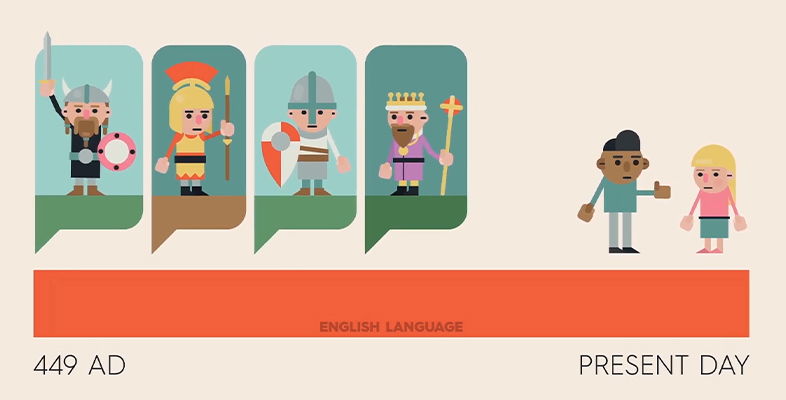4 Internet English
It’s something of a mantra in sociolinguistics (the study of language and its relationship to society) that all languages change over time. You’ve seen briefly in Sections 2 and 3 how 1,500 years of history have altered the shape of English. There are two main reasons why a language changes. It changes as society changes – as people move from place to place and mix with different communities, and as historical events such as wars, invasions, colonialism and imperialism alter the political make-up of the world. But it also changes under the influence of new technologies.
In this section and the next, you will jump forward several centuries from Shakespeare’s time and look at the impact that digital communications technologies have had on the use and nature of English over the last few years. Later in the course, you’ll look at the role that artificial intelligence is likely to play in the future of language.
As has been noted in the previous sections, the relationship between language and technology has a long history and has given rise to dramatic changes in the way humans live their lives and organise themselves in societies. The impact of the internet and other digital technologies are a prime example of this relationship. The combination of the internet and mobile technologies has radically altered our everyday routines over the past 30 years. And the pace of this change shows no signs of letting up.
There are many ways in which internet-related technology has altered both how we use language and, in some respects, the look and nature of language. One notable way is through the coining of new words to refer to the new concepts and practices that have developed around the technology. But this isn’t the only way in which vocabulary has changed under the influence of these new technologies.
Activity 5
Watch the short animation below and consider the different ways in which technology has an influence on language and the way we use it.
Jot down any thoughts you have about this in the text box below. Once you’ve done so, save your answer and then read the comment.

Transcript: Video 5 A history of English: internet English
Comment
Some of the new coinages mentioned in the film aren’t that new anymore. ‘Email’, for example, is very established now if not slightly past its sell-by date – or at least, it often feels more like a burden than like the exciting new frontier for communication it was back in the 1990s. And while the ability to ‘poke’ people in the early days of social media was a much-celebrated innovation, it proved to be rather ephemeral.
Beyond the coining of new words, however, internet and mobile communication has had an influence on literacy – in terms of the amount we now write, the way we use writing for conversational purposes, and the tendency to use abbreviations as a convenient and time-saving aspect of this more casual form of writing.
One element that isn’t covered in this animation though is the rise of visual communication in the era of digital communication technologies. Which brings us to the topic of emojis.
